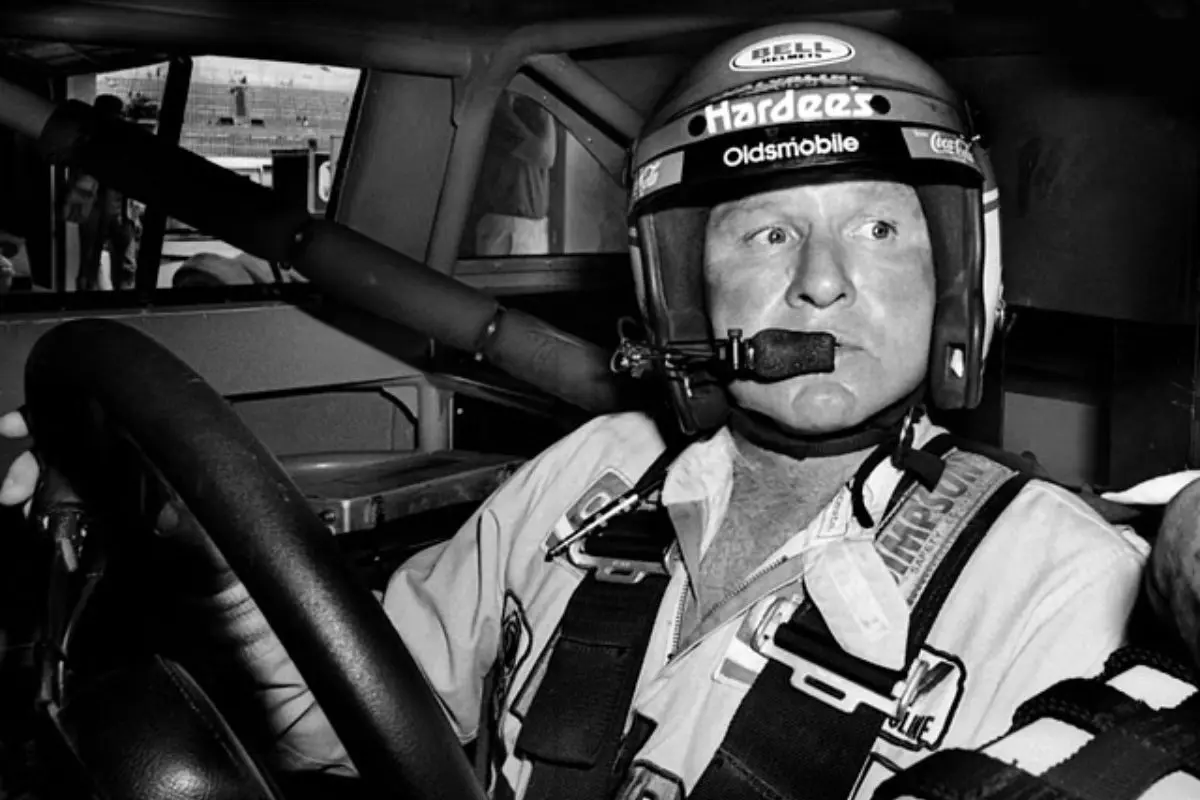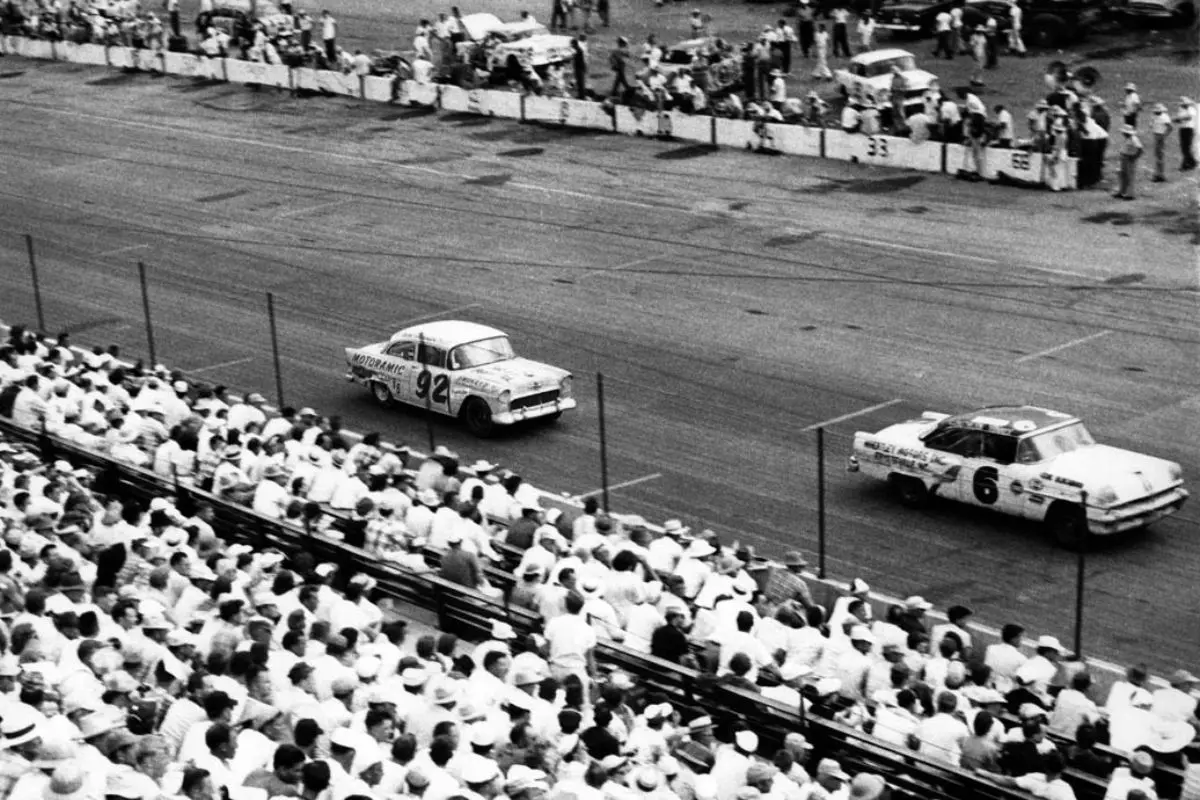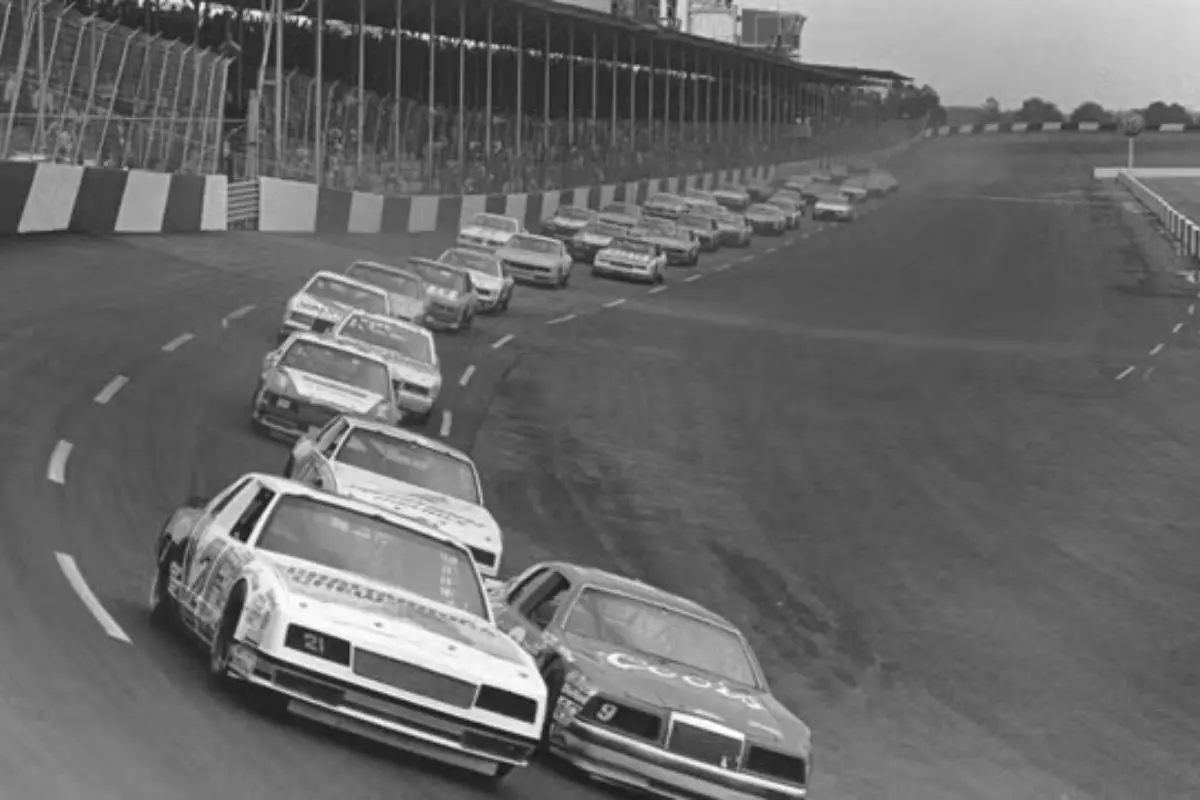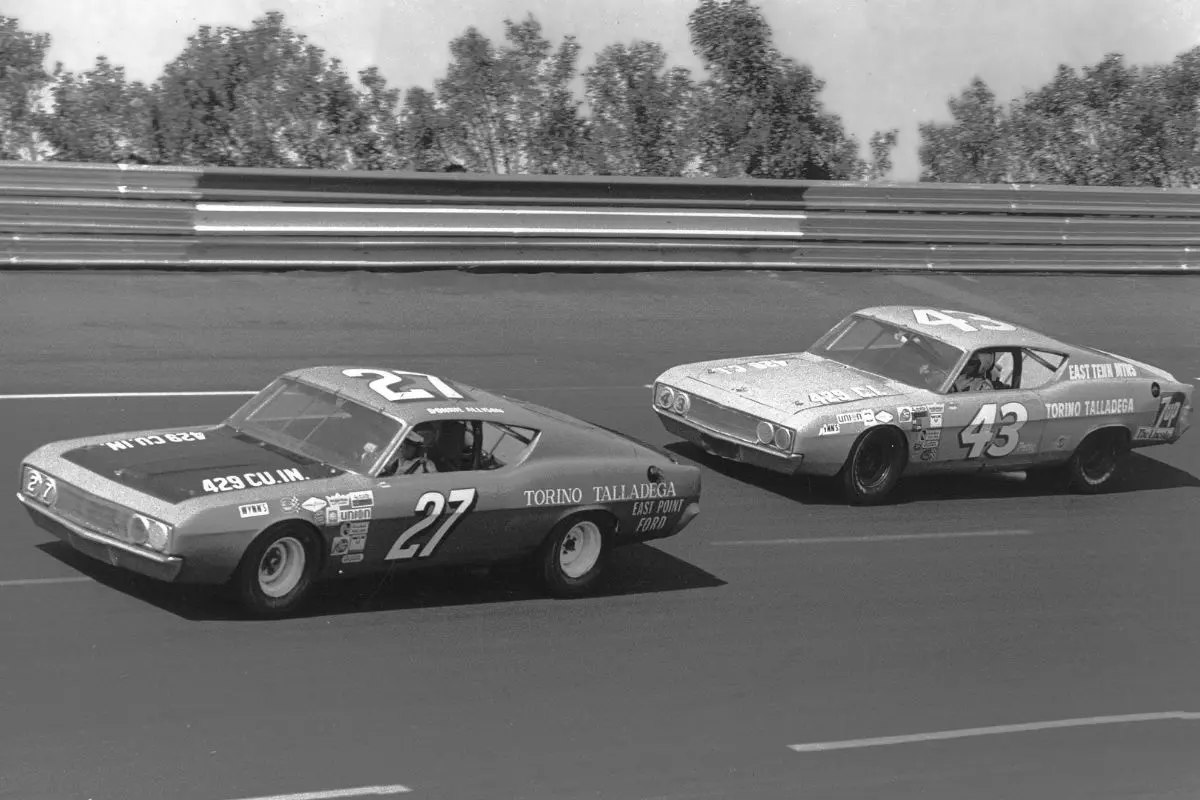Before restrictor plates reshaped stock car racing, NASCAR thundered through a period defined by unrestrained horsepower and unrelenting speed. From the 1960s through the 1980s, powerful engines and daring aerodynamics produced breathtaking moments and sobering dangers. Superspeedways like Daytona and Talladega became arenas where drivers chased records beyond 200 mph, thrilling fans and testing safety limits. The decisions that followed would permanently alter the sport, but the legend of those wide-open years continues to influence how NASCAR measures performance and risk.
Key Highlights
- Unrestricted engines in the 1960s and 1970s often exceeded 7 liters, propelling cars past 200 mph on superspeedways
- Aerodynamic “aero cars” like the Dodge Daytona and Plymouth Superbird sparked an arms race for speed and stability
- Bobby Allison’s 1987 Talladega crash, at over 200 mph, forced NASCAR to confront escalating safety concerns
- Restrictor plates introduced in 1988 reduced horsepower from roughly 800 to about 500, lowering speeds to safer levels
- The pre-plate era showcased mechanical innovation, aggressive driving styles, and massive competitive gaps across the field
High-Speed Supremacy of the 1960s and 1970s
Stock cars of the 1960s and early 1970s were heavily modified versions of showroom models, with engine displacements often surpassing 7 liters and unrestricted carburetors feeding immense horsepower. Superspeedways became testing grounds for pure velocity, as drivers flirted with and exceeded 200 mph.
Iconic aero machines like the Dodge Daytona and Plymouth Superbird defined this arms race. By 1984, Cale Yarborough recorded a Daytona pole speed above 201 mph, and Bill Elliott pushed the limit further in 1987 with laps over 210 mph. Such feats thrilled crowds and amplified the spectacle of NASCAR’s premier events.
 Cale Yarborough’s 1968 Vietnam Trip” width=”1200″ height=”800″ srcset=”https://slicksandsticks.com/wp-content/uploads/2024/12/Cale-Yarboroughs-1968-Vietnam-Trip-2.webp 1200w, https://slicksandsticks.com/wp-content/uploads/2024/12/Cale-Yarboroughs-1968-Vietnam-Trip-2-300×200.webp 300w, https://slicksandsticks.com/wp-content/uploads/2024/12/Cale-Yarboroughs-1968-Vietnam-Trip-2-1024×683.webp 1024w, https://slicksandsticks.com/wp-content/uploads/2024/12/Cale-Yarboroughs-1968-Vietnam-Trip-2-768×512.webp 768w, https://slicksandsticks.com/wp-content/uploads/2024/12/Cale-Yarboroughs-1968-Vietnam-Trip-2-630×420.webp 630w, https://slicksandsticks.com/wp-content/uploads/2024/12/Cale-Yarboroughs-1968-Vietnam-Trip-2-150×100.webp 150w, https://slicksandsticks.com/wp-content/uploads/2024/12/Cale-Yarboroughs-1968-Vietnam-Trip-2-696×464.webp 696w, https://slicksandsticks.com/wp-content/uploads/2024/12/Cale-Yarboroughs-1968-Vietnam-Trip-2-1068×712.webp 1068w” sizes=”auto, (max-width: 1200px) 100vw, 1200px” />
Cale Yarborough’s 1968 Vietnam Trip” width=”1200″ height=”800″ srcset=”https://slicksandsticks.com/wp-content/uploads/2024/12/Cale-Yarboroughs-1968-Vietnam-Trip-2.webp 1200w, https://slicksandsticks.com/wp-content/uploads/2024/12/Cale-Yarboroughs-1968-Vietnam-Trip-2-300×200.webp 300w, https://slicksandsticks.com/wp-content/uploads/2024/12/Cale-Yarboroughs-1968-Vietnam-Trip-2-1024×683.webp 1024w, https://slicksandsticks.com/wp-content/uploads/2024/12/Cale-Yarboroughs-1968-Vietnam-Trip-2-768×512.webp 768w, https://slicksandsticks.com/wp-content/uploads/2024/12/Cale-Yarboroughs-1968-Vietnam-Trip-2-630×420.webp 630w, https://slicksandsticks.com/wp-content/uploads/2024/12/Cale-Yarboroughs-1968-Vietnam-Trip-2-150×100.webp 150w, https://slicksandsticks.com/wp-content/uploads/2024/12/Cale-Yarboroughs-1968-Vietnam-Trip-2-696×464.webp 696w, https://slicksandsticks.com/wp-content/uploads/2024/12/Cale-Yarboroughs-1968-Vietnam-Trip-2-1068×712.webp 1068w” sizes=”auto, (max-width: 1200px) 100vw, 1200px” />
Safety Challenges and the 1987 Turning Point
The spectacle carried grave risks. High-speed crashes were violent and often unpredictable. The defining moment came during the 1987 Winston 500 at Talladega when Bobby Allison’s car blew a tire, lifted into the air, and tore through catch fencing at more than 200 mph. >
Spectators were injured, and officials faced mounting pressure to control speeds. Prior to that incident, pit road speed limits and strict engine restrictions were absent, leaving teams free to chase unbridled performance. The Talladega crash became the catalyst for NASCAR’s most sweeping power-curbing measures.
The Shift to Restrictor Plates
Responding to the Talladega scare, NASCAR introduced smaller carburetors to limit power for the rest of the 1987 season and implemented full restrictor plates in 1988. These thin metal plates, fitted between the carburetor and intake manifold, reduced airflow and horsepower, bringing speeds down to the mid-180s to 190s mph range.
While this change transformed racing strategy and ushered in pack racing, it ended an era defined by brute force and mechanical creativity. Teams that once thrived on raw engineering now had to adapt to tighter, more uniform competition.

Aerodynamics, Innovation, and Driving Style
Before plates standardized performance, aerodynamics and mechanical grip were wide-open frontiers. Manufacturers experimented with aggressive spoilers, wing angles, and smoother body lines to outpace rivals. Suspension setups and tire technology varied greatly, allowing for large performance gaps and dramatic differences in car behavior.
Without pit road speed limits or modern free-pass rules, drivers relied on throttle control and bravery to tame the most powerful machines NASCAR had ever seen. The racing was physically demanding, with long green-flag runs and relentless stress on brakes, tires, and drivers’ endurance.

News in Brief: Pure Horsepower: Remembering NASCAR’s Pre-Restrictor Plate Legacy
From the 1960s through the 1980s, NASCAR’s pre-restrictor plate era delivered unmatched speed, technical ingenuity, and headline-making danger. Massive engines, experimental aerodynamics, and loose procedural rules allowed drivers like Cale Yarborough and Bill Elliott to eclipse 200 mph, culminating in Bobby Allison’s harrowing 1987 Talladega crash. NASCAR responded with the 1988 introduction of restrictor plates, cutting horsepower and reshaping racing strategy. This transition marked a pivotal balance between excitement and safety.
ALSO READ: NASCAR History Lives Again: Cale Yarborough’s Darlington Call Is Back!
